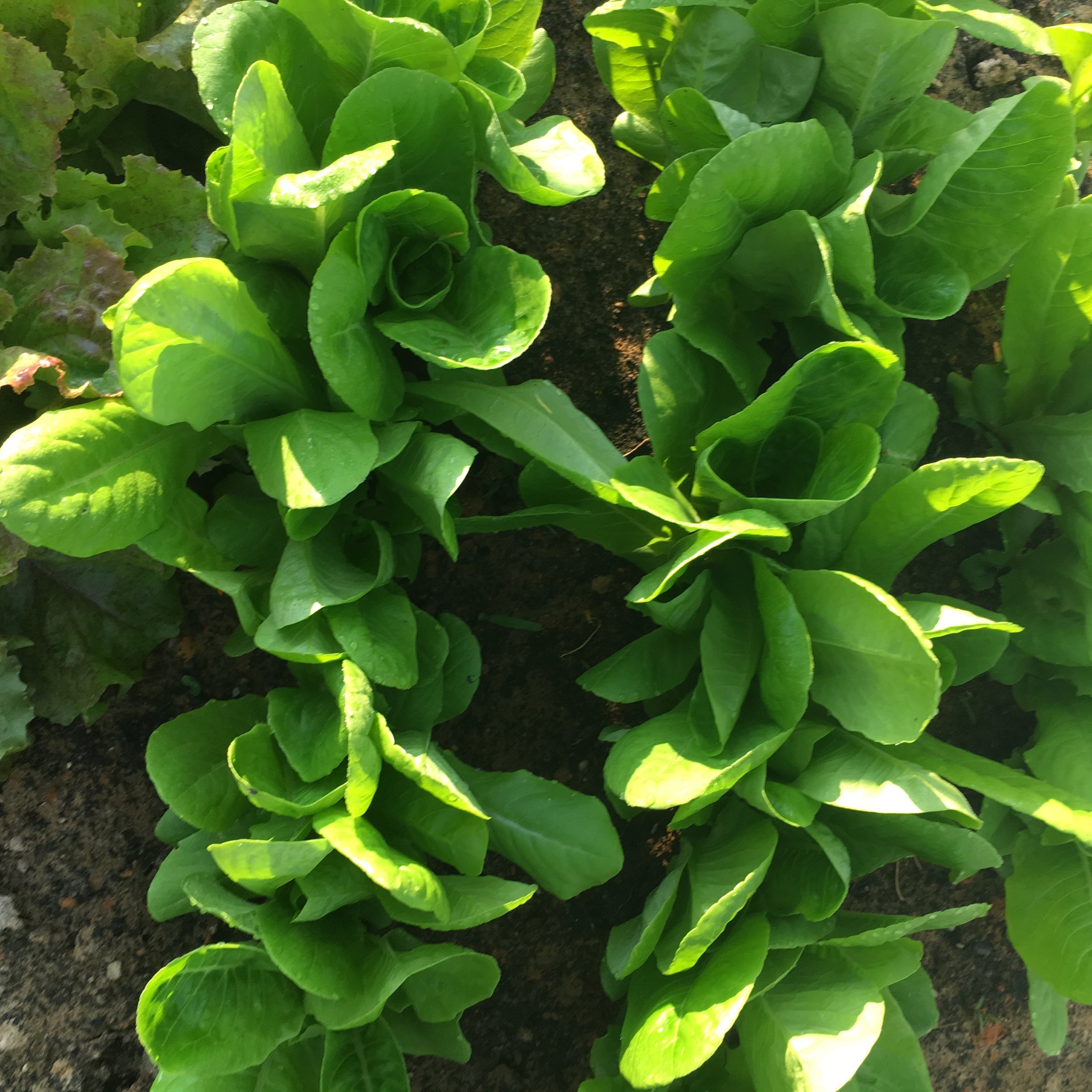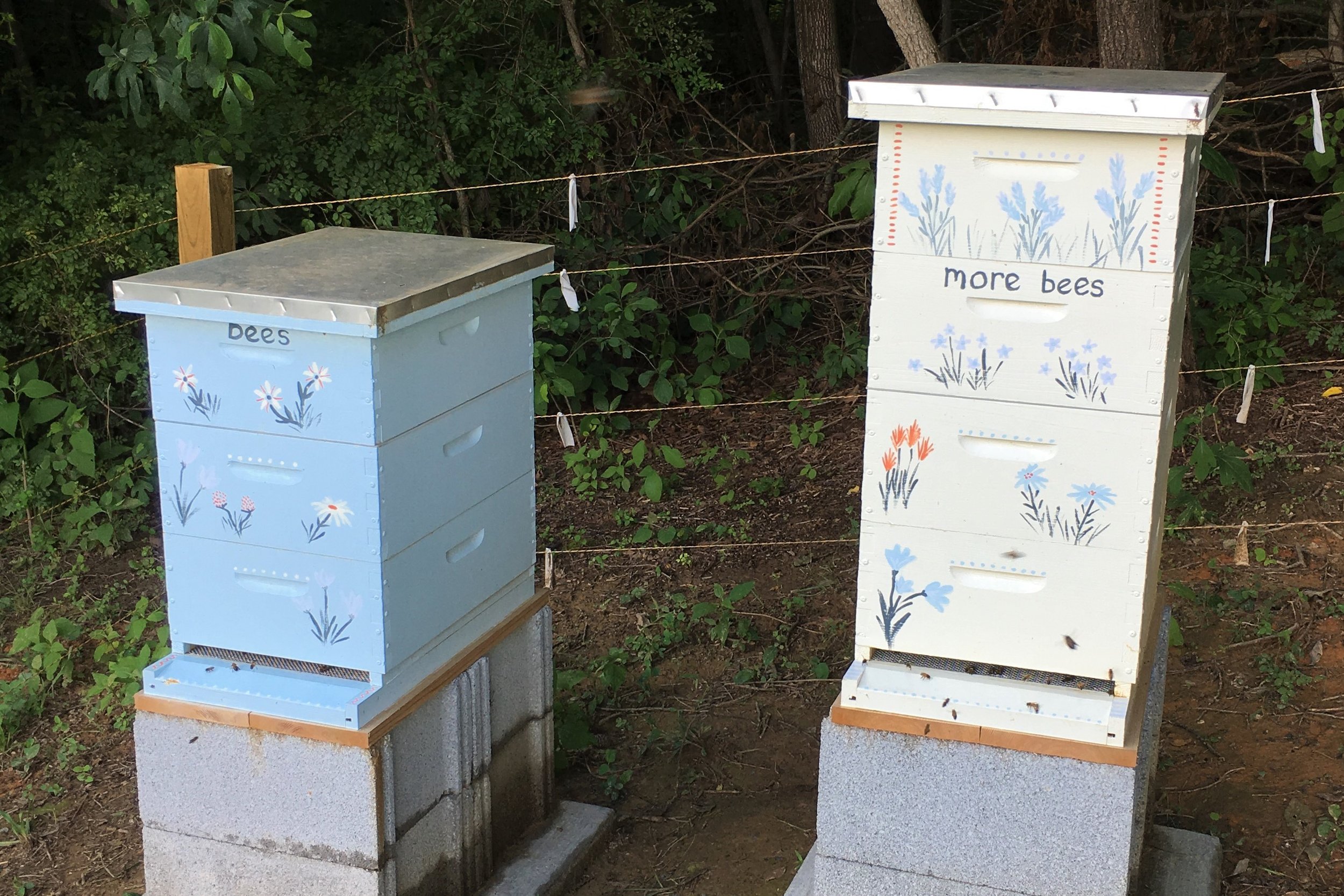I tend my garden every day; weeds offend me—deeply—as do dead leaves and dying flowerheads. I find it easier to keep on top of problems, like squash bugs and hornworms, than deal with them once they’ve taken over. Not everyone can devote the time or energy required to tend their garden this way, and I know how fortunate I am. My tending tendencies are also temperamental. I cannot let things slide.
Here in rural Virginia, most folks grow the same thing--tomatoes, cucumbers, summer squash, and watermelon—and do it by throwing seeds on the ground and walking away. In a typical year, casual gardening works remarkably well. This summer has been relentlessly hot and humid, with inconsistent rain, and even my garden, coddled and spoiled, has stumbled.
Case in point: after a strong start, my zucchini and yellow crookneck squash shriveled up and died, almost overnight. Summer without squash? Impossible! Not to be defeated, I planted more yellow squash in a different spot about six weeks ago, and I’m pleased to report they are doing beautifully.
The bean season was too short, undoubtedly due to the weather, so I replanted both purple French velour and Algarve beans at the same time as the squash. As the tomato plants become straggly and the rest of the garden winds down, it’s refreshing to see bright green leaves and colorful blossoms again.
If you’ve been following along, you might recall that I was awaiting news from my publisher about my next book. Well, like the squash and the beans, I’ve been granted my second chance, not for one more book, but for two! Stories We Never Told will be published early in 2020, and the next one…Never mind. I can’t think that far in advance; I have a book to write!
That’s my life for now: making my daily count of one thousand words and tending my garden. (And cooking and storing the harvest, of course.) My garden and I are in stride, making the most of our second chances, approaching the next season with renewed vitality. Getting a first draft down is daunting business. I am hypercritical of everything and yet must stop myself from fixing things. Essentially, I tell myself to shut-up every few minutes. But like most endeavors, if you keep at it, you will get there. So I write, and put my faith in eventual magic.
Winter is coming, but not quite yet. The squash, the beans, and I have work to do.












































































